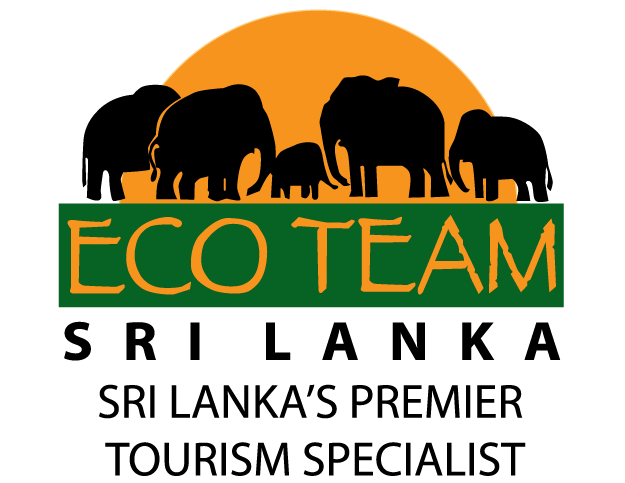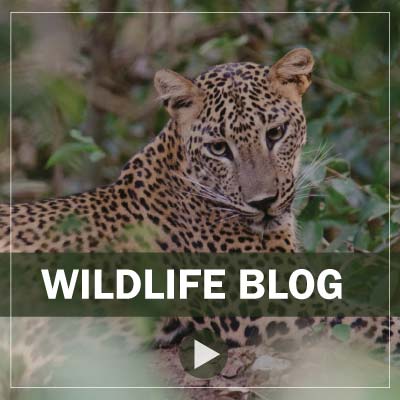Tour Itinerary
At the moment, the two options we have available are bank transfer and credit card payment.
Our Bank Details
Account Name : Eco Team (Pvt.) Ltd
Bank : Bank of Ceylon
Account No : 73744700
Swift Code : BCEYLKLX
Branch : City Branch - Borella
Branch Code : 668
Branch Address : 845, Super Market Complex Colombo 08, Sri Lanka.
Our Company Address
Eco Team [Pvt] Ltd
20 / 63, Fair Field Garden
Borella.
Colombo 08
Sri Lanka.
The applicable bank fees and intermediate charges are borne by you, and we wish you to assure that the total amount is remitted to our bank account. The terms and conditions vary from country and bank to another, and therefore, we are not in the position to give a fixed amount or percentage for bank charges.
The second option is the HSBC secured payment gateway that you can access by using the following link https://buy.stripe.com/aEU17NgOhbuVfCM6pH Both Visa and MasterCard are accepted. With credit card, there is 4% bank charge that will need to be added to the total amount when using this method of payment.
Driver-guide and contact details
We will allocate you an experienced chauffeur-guide who will take care of your transportation during the whole tour on a A/C vehicle that is adapted to the size of your group. We work only with guides whom we trust to be professional, highly-knowledgeable and safe drivers as well as dedicated to excellence in customer service.
Depending on your wishes and activities included in your itinerary, we may bring in for example a Naturalist, Historian, cycling guide or local trekker who has special expertise about the specific region or area of interest - such as bird watching or photography.
Cancellations and refunds
We will refund all recoverable money whenever it’s possible. If you need to cancel your trip
- more than 46 days prior to your trip, the full amount will be refunded.
- within 31-45 days of travel, 50% of full fee is charged.
- within 15-30 days of travel, 75% of full fee is charged.
- within 14 days of travel, 100% of full fee is charged.
Days will be counted from the 6.00am on the tour starting day, and and the bank charges will be borne by the client. Kindly note also that, for peak season bookings falling from 20th December to 5th January, the full fee (100%) is charged if cancelled within 45 days of travel.
Climate and Traditions
The climate in Sri Lanka is tropical and consists of distinctive dry and wet seasons that differ from one side of the country to another. This means that Sri Lanka an excellent year-round destination, that always has the ‘right’ season somewhere on the island. On the West and South Coast and in the hill-country, the driest season is from November to March, whereas the East Coast is at its best between may and September. However, apart from the arid northern part of the country, tropical showers can be expected at any time.
The average yearly temperature in Sri Lanka as a whole ranges from 28 to 32°C. The temperature can vary from being as low as 16°C around Nuwara Eliya in the central highlands and to as high as 32 degrees in Batticaloa on the East Coast.
Visa and Money
Since the 1st of January 2012, all travelers must be in possession of a visa when arriving in Sri Lanka. Citizens from Singapore and The Maldives are the only exempt. Visitors can apply for the official Electronic Travel Authorization (visa) via www.eta.gov.lk, or upon arrival at the airport. There is a small fee to pay, and you must have at least six months left on your passport at the time of travel to obtain one.
Safety
The whole island including the North and East is safe to visit and in general, the threats to personal security for travellers are remarkably small. In Sri Lanka, exercise the same amount of caution you would when traveling in any unfamiliar area. Mind your belongings in crowded areas, and be careful when walking near busy roads. On the beaches, always ask local advice before venturing in the water anywhere that is not a popular spot for swimming. Also, note that conditions can vary radically and currents get strong even within a short distance from one end of the beach to another.
Communications
The international dialling code for Sri Lanka is +94. When making international telephone calls from Sri Lanka, dial 00 + country code + area code + telephone number.
All mobile operators support the GSM technology on GSM 900/ 1800 bands.
Health
Medical facilities in small towns outside of the main cities are not always of a good standard and it is recommended that you take out adequate health insurance covering evacuation. All necessary precautions should be taken and it is always best to check the current situation and any vaccination requirements with a doctor when planning your trip.
It is required to have yellow fever vaccination certificate, if you have visited yellow fever endemic countries in Africa or Latin America. Consider inoculations against typhoid, polio, hepatitis A and Japanese encephalitis too.
In Sri Lanka, every town has a pharmacy selling common medicines. However, the availability of medical supplies may vary and therefore, we advise you to carry any special medication.
Sightseeing, Shopping and Transports
Public buses
The best thing about buses in Sri Lanka is that there’s lots of them, so there’s never much waiting around. There are two kinds in Sri Lanka – CTB (Central Transport Board) buses and private buses. Most are basic with bench type seats and no air-conditioning. There are also private air-conditioned buses – by far the most comfortable option for long journeys. Be prepared for large crowds – it is not unusual to have some passengers hanging out of the doors within city journeys!
Trains
The railway system in Sri Lanka is a fascinating way to travel and explore the country. However they are slow, unpredictable and often late. For some of the longer journeys, you may take an over-night sleeper train (with actual sleeping berths) or a first-class ‘observation class’ service. The third class service is the cheapest, but generally over-crowded and not particularly comfortable. Second class is adequate, with padded seats (and sleepers with fold-down chairs), fans and less crowds than the third-class option.
Three-wheelers
These funny looking vehicles, known in other parts of Asia as tuk-tuks, bajajs or auto-ricksaws, are everywhere. For short distances, they are the most convenient way to travel, but a little uncomfortable for longer journeys. To avoid any hassles, make sure the driver uses a meter, or agree on the fare before you get in. Some of the hotels can advise on the ‘going-rate’ for your journey.
Motorbikes
For the most intrepid travellers, hiring a motorcycle is a good option for exploring the quieter hill country and beautiful coastline. Keep your safety in mind the safety, stay off the main highways and watch out for the roaming buses! Rentals??
Hiring a car and a driver
Sri Lankan road conditions are somewhat challenging and, especially in the highlands, short distances take a lot of time. What we highly recommend is to hire a car with experienced chauffeur-guide, who helps you to make the most of your journey and ensure your safety.
Food and Drinks
Though Sri Lankan food has some similarities to South Indian food, yet it remains distinctly unique. Since being an island with a tropical climate, coconuts and fish are the most important ingredients in Sri Lankan. Fish is made into curries, and coconut in some form or another, is a dominant component in cooking.
Rice and curry is the Sri Lankan staple, and most of the locals has it every day. A basic rice and curry consists of one curry (fish, beef or chicken), two or three different vegetable stews, a portion of crispy ‘papadam’, a ‘mallum’ of chopped leaves and coconut, and spicy gravy. The hot and spicy flavors come from sliced onions, green chilies, black pepper, cinnamon, cardamom, cloves, nutmeg and saffron.
Plugs and Electricity
Sri Lankan hotels have two types of plug bases; either the UK (Type G) or India (Type D).

If you have a Euro plug (Type C), you can stick a pen into the Earth socket (either UK Type G or India Type D) to open the shutters and insert the plug. But do NOT forget to switch off the power before you do this! Alternatively, adapters are freely available in supermarkets/ hardware shops.
















